«In all sectors of human life, technological advance makes its modifying action felt (…) (…) In the phase following disuse, there is complete abandonment, ruin and destruction, and then only the void of oblivion, an open gap that sometimes you can never fill. Boats, whether traditional or handcrafted, in our country have too many examples of this. Many types disappear completely, leaving no traces, and others, before our impotent eyes, will hardly survive if their spoils are not collected and preserved as required. More than a decade ago, attention was drawn to this state of affairs in what was poetic but drastically entitled “NO CREPÚSCULO DAS EMBARCAÇÕES” (FILGUEIRAS, 1970). We do not notice that this message has been answered, much less, by those who could do something». ARMANDO REIS MOURA (1985) in ADPNCRA Bulletin.
The first image that appears in the exercise of thinking about the Algarve territory corresponds, in most cases, to a fringe coast that runs through and encompasses the entire territory.
In fact, this is how it happens, from Odeceixe to Alcoutim, in a widely diversified and changing landscape, that is:
– Whether between wild and Atlantic cliffs and meandering banks of the great Rio do Sul
– Either between small coves hidden by schist cliffs and long sandy beaches.
The coastal strip thus develops into different landscape units, corresponding to such different areas and with such disparate characteristics, but having been occupied in a constant and resilient way by human beings who searched in the aqueous element and in the areas under its influence means of survival . Confirming this fact, in all its extension, numerous and tangible testimonies of remote human occupations.
Fishing has always been one of the activities practiced, namely using boats as a means of a wider harvest, and this was characterized in the Algarve, as in the entire national territory, by a late persistence of both boats and arts.
Thus, dotting the entire coastline, there were neuralgic points where and from which small wooden boats departed for brief fishing campaigns along the coast, and with time, adapting their forms to the type of sea and coast where they developed their activity.
Handcrafted by experienced masters, they required, on the one hand, a wise knowledge of the various woods to be used in the multiple elements that made up the entire vessel, on the other hand, another type of masters necessary for a good navigability and maintenance of the vessel, namely a caulker master that would guarantee good watertightness.
There were thousands of small vessels that, until the middle of the last century, plyed the waters of the South, trying, in strokes of empirical luck, to make a living from the sea.
Since the middle of the last century, with the strong and rapid changes that took place in Portuguese society, boats have been abandoned / scrapped and passed over for white and resinous boats, whose skin no longer adheres to the colorful pride of those who own them. Thus, we went from a multicolored set in the past to an aseptic one in the present.
Today, all this wealth of knowledge, materials, all this wealth of chromaticism and pictorial motifs no longer exists. The testimonies of this wealth are residual, some still in good navigability conditions, most often serving the tourism industry, on family walks along the coast, few in fishing and many abandoned on land adjacent to shipyards or in the mud of rivers and others still drying their varnished carcasses in roundabouts.
In the Algarve, of the organic vessels that, for so long, characterized the landscape at any point of coastline, there is nothing left, except in less than half a dozen cases, to assume a recent memory, giving it other waters to navigate.
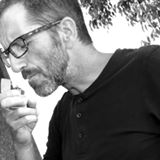 Author of text and photos (all rights reserved):
Author of text and photos (all rights reserved):
Filipe da Palma, photographer

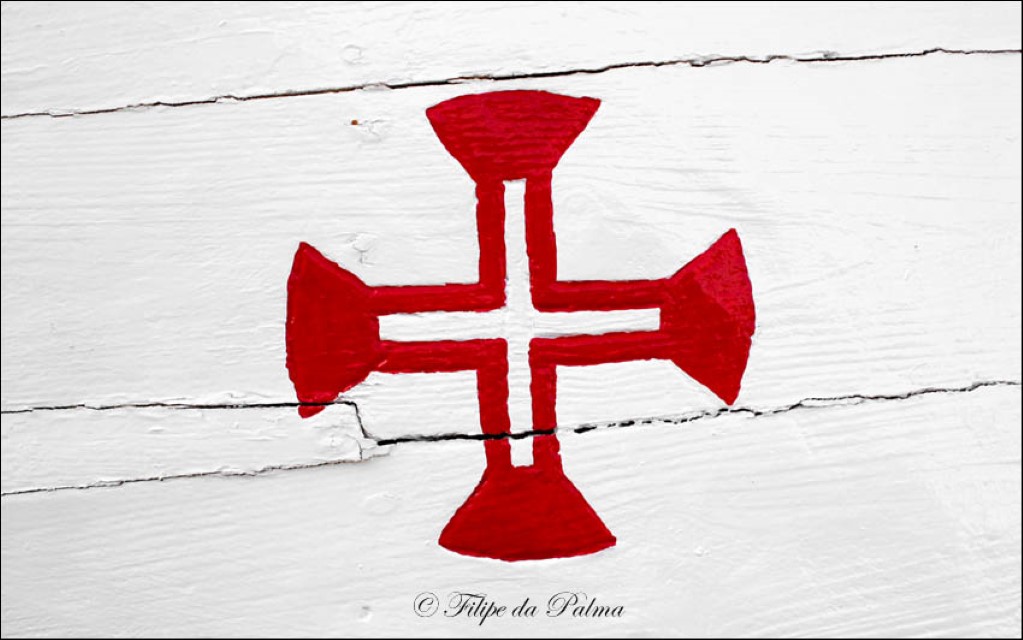
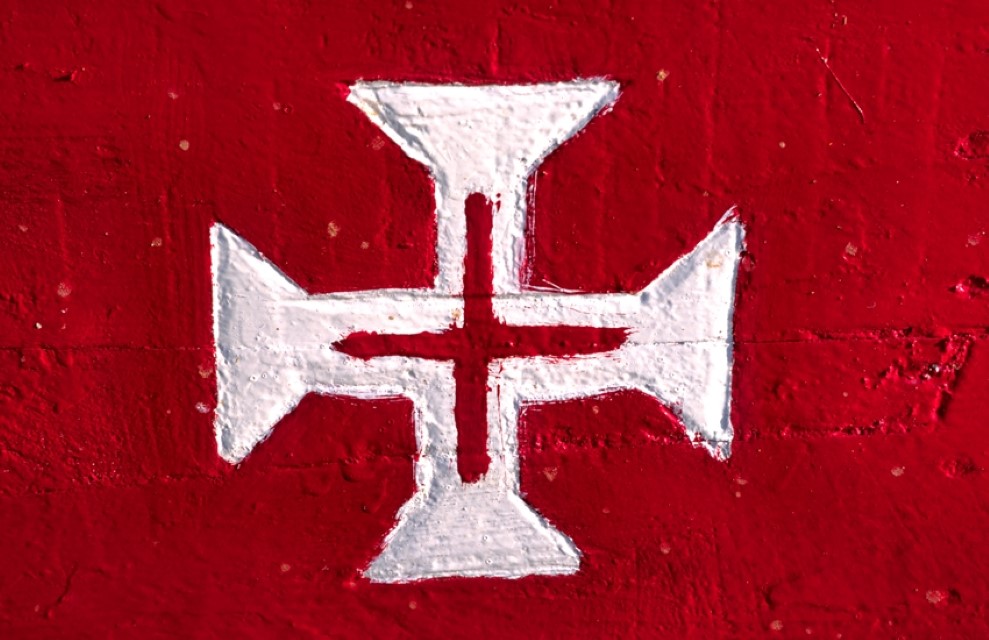

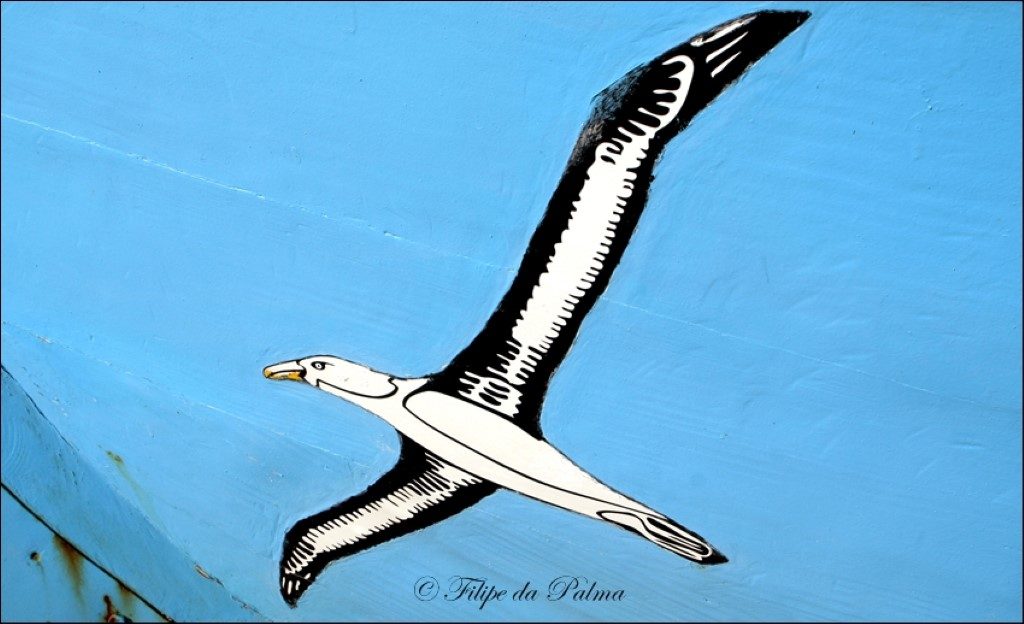
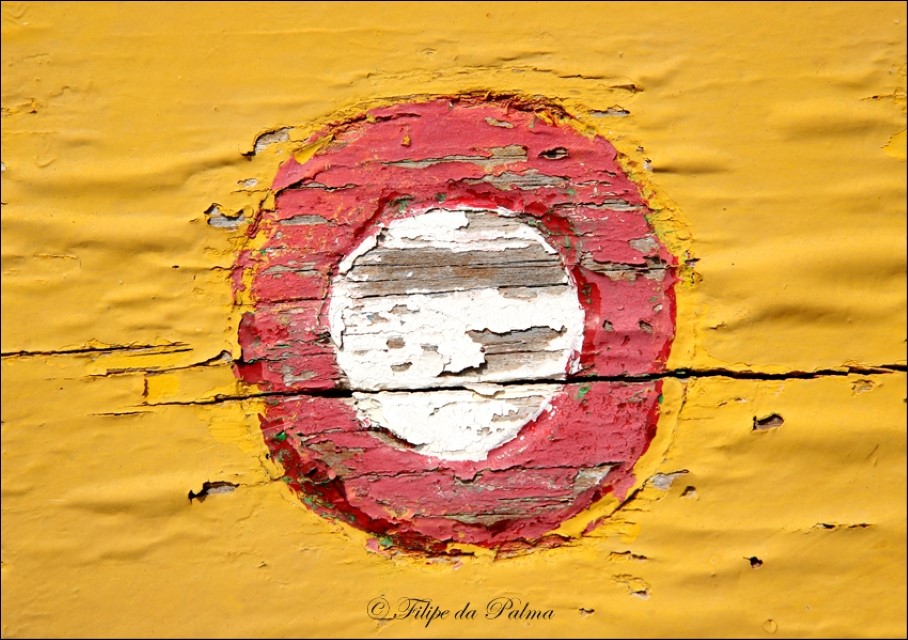
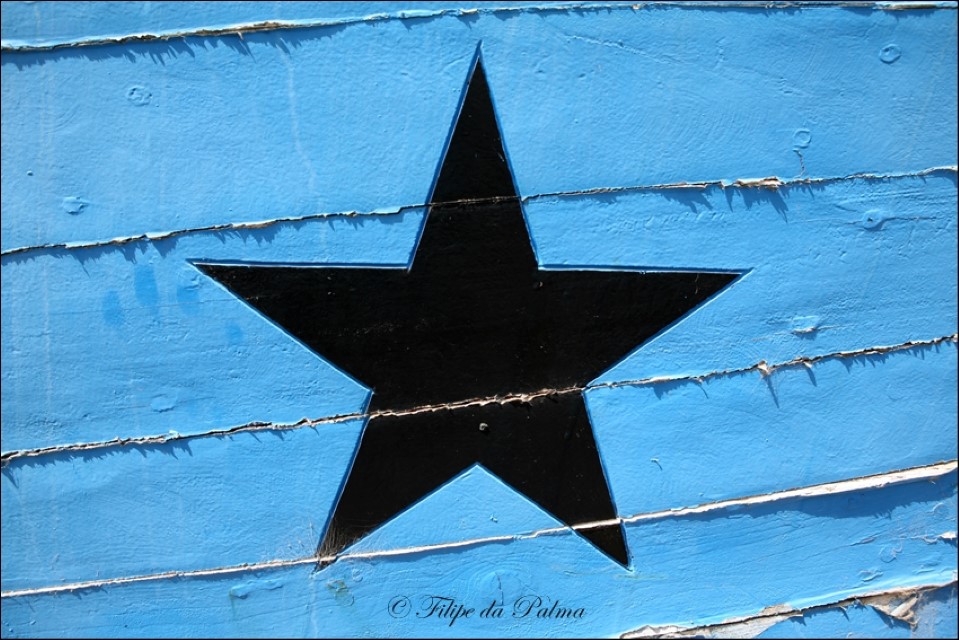
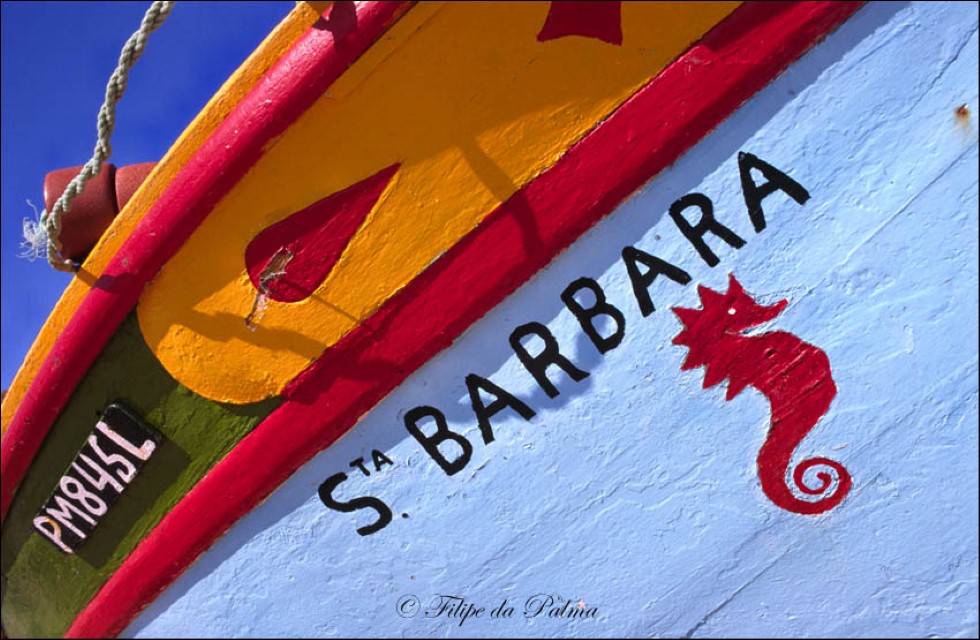
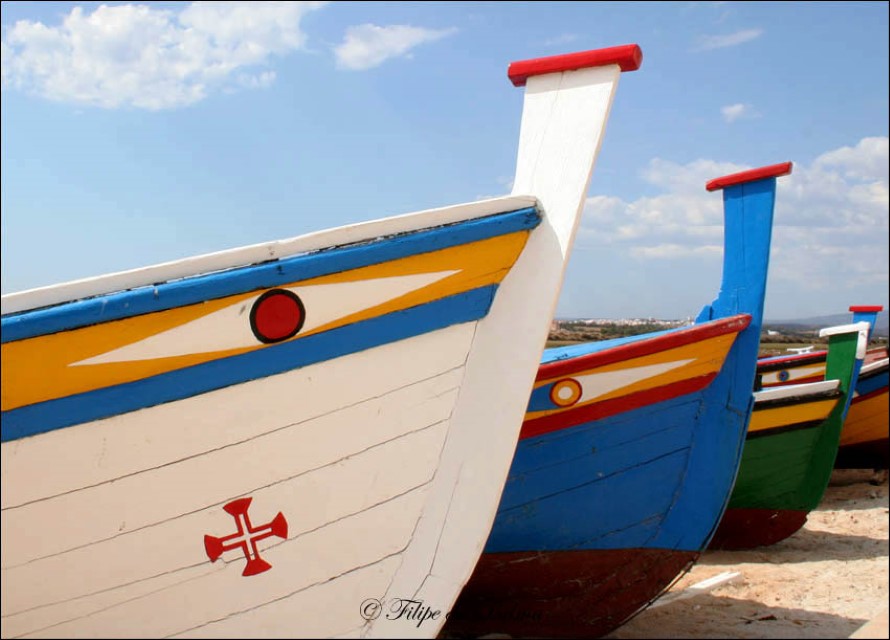
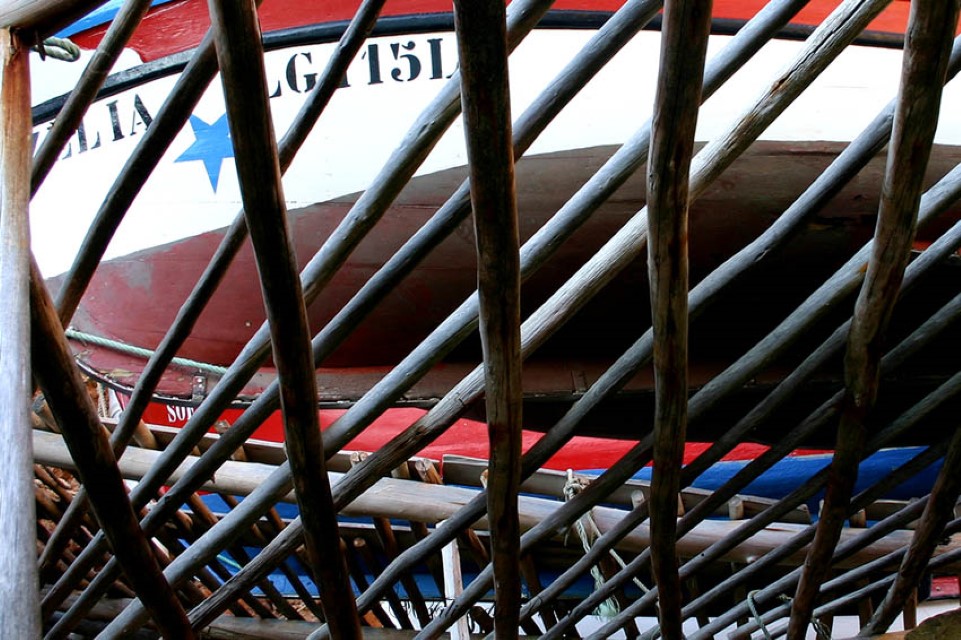


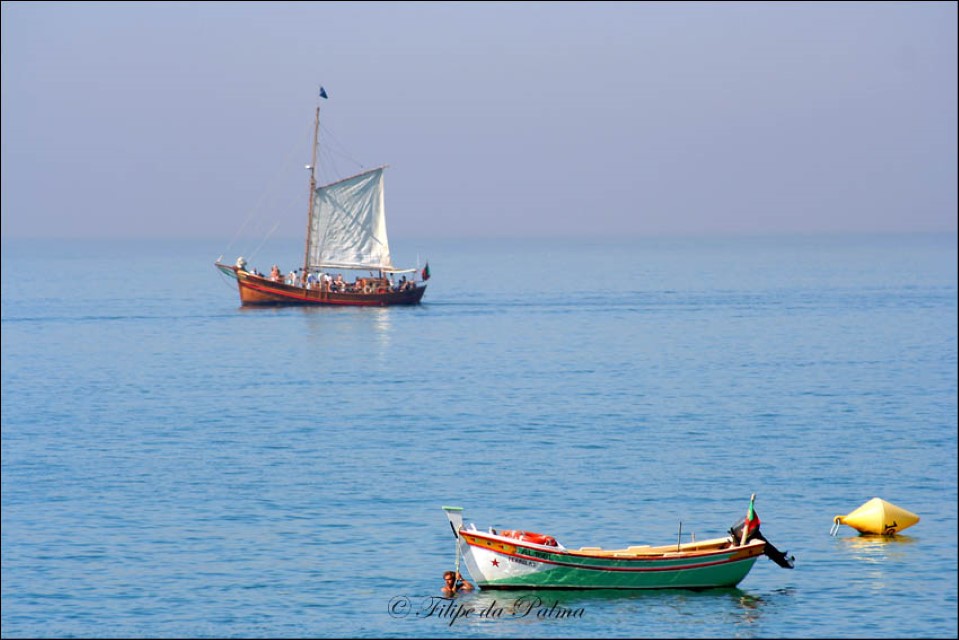


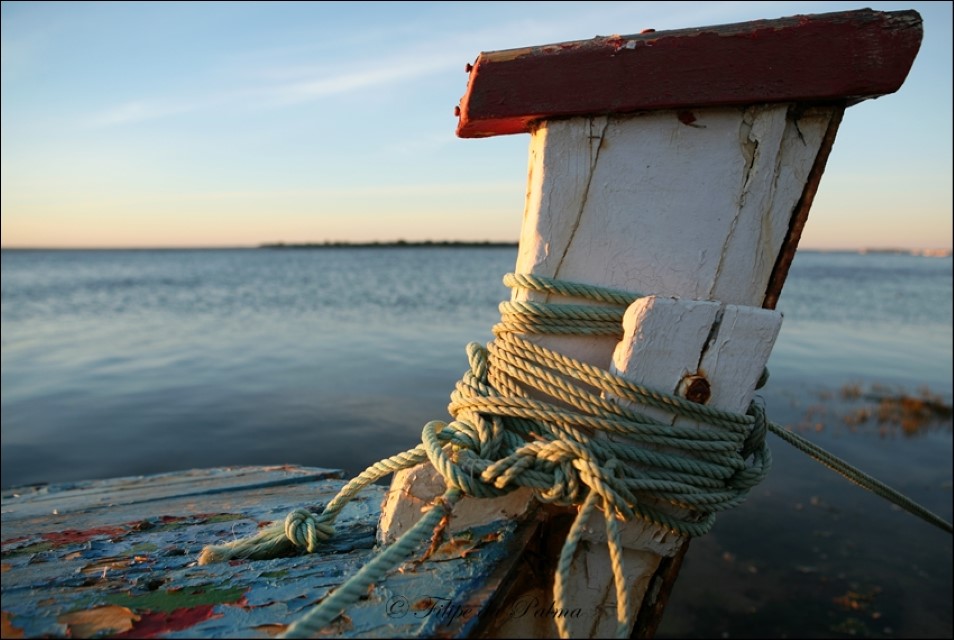
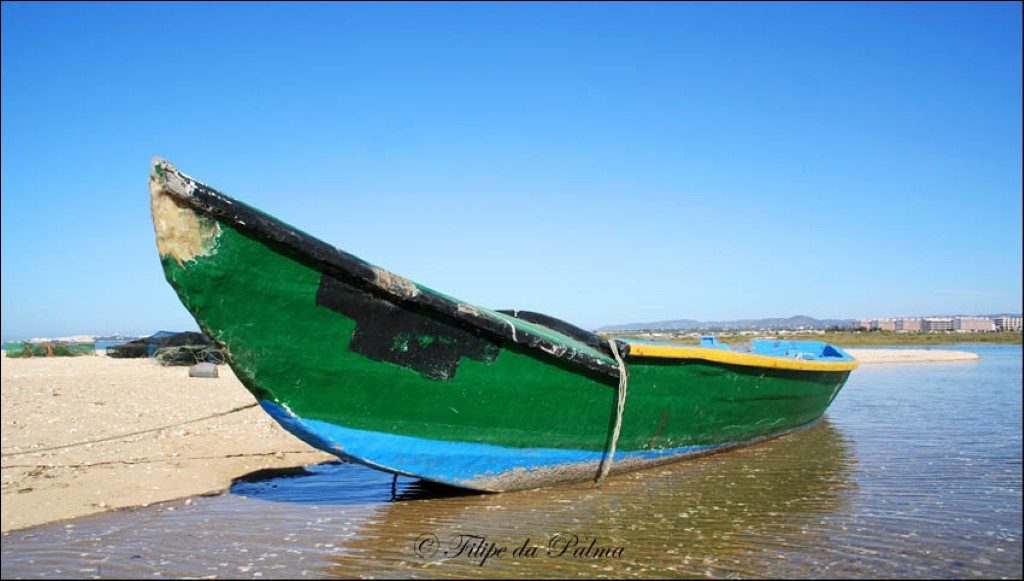
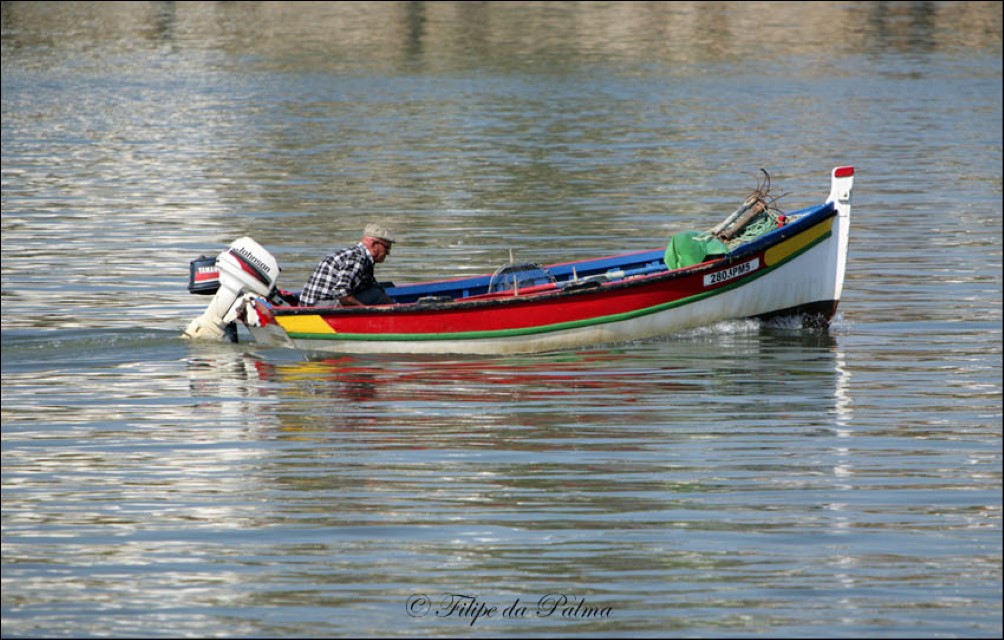
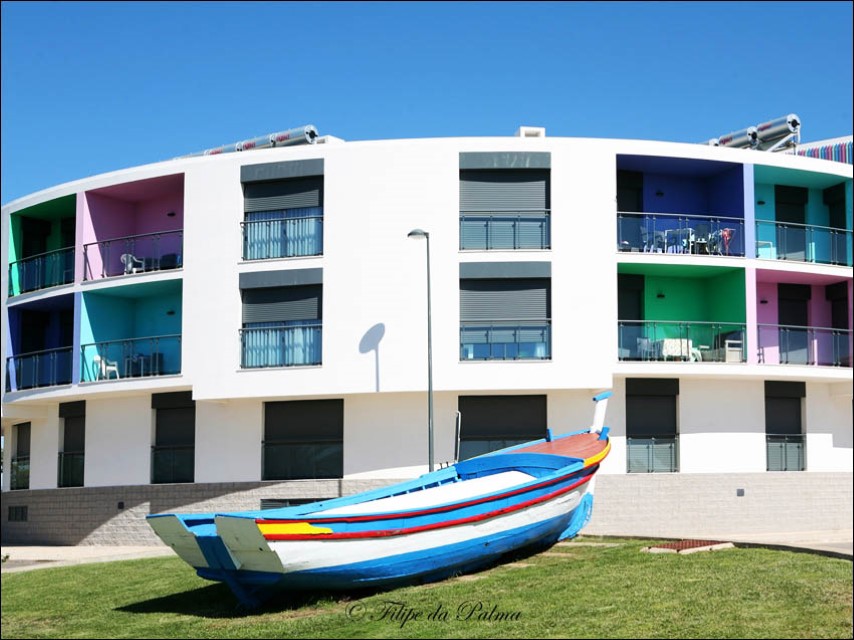
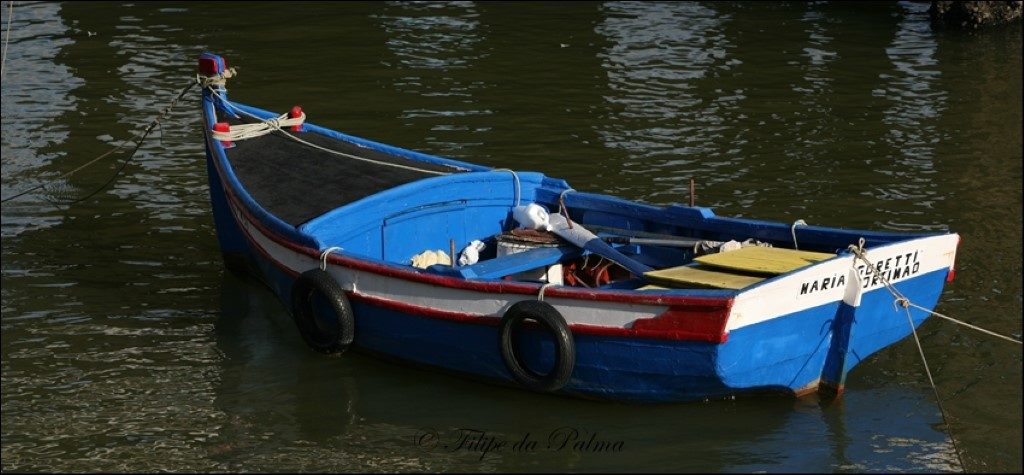

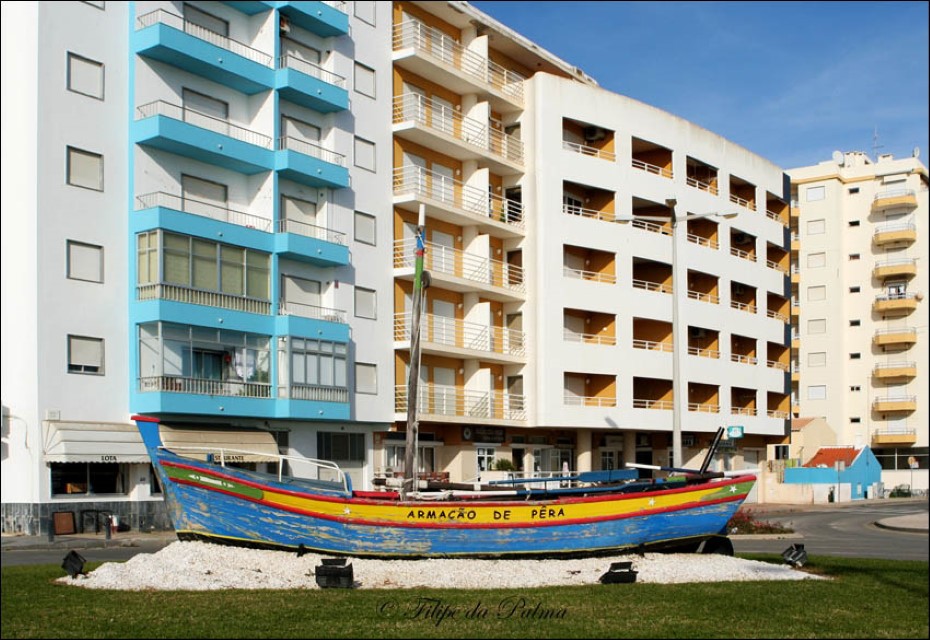
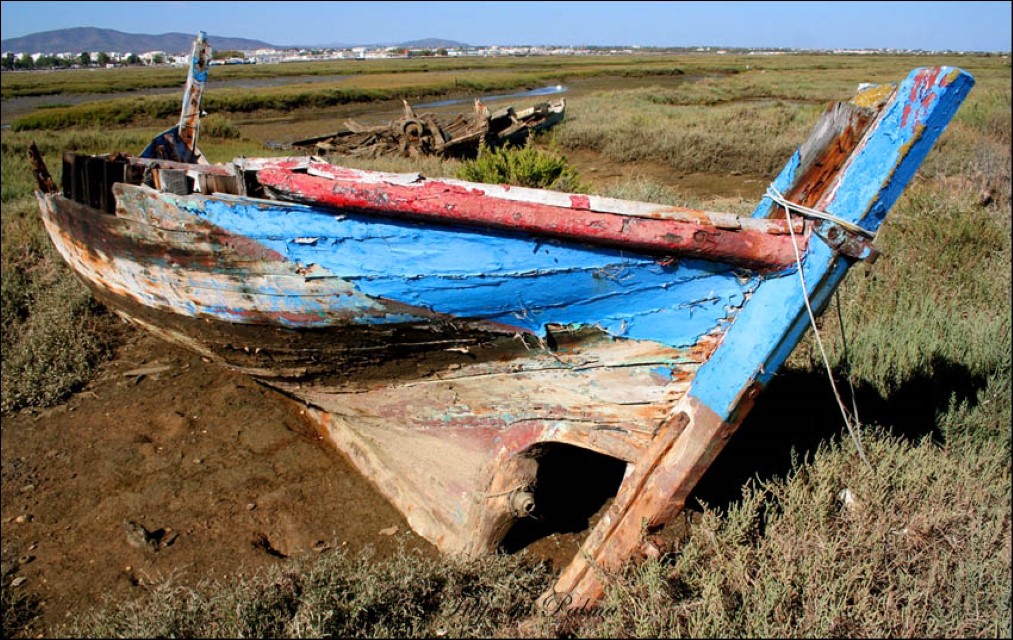
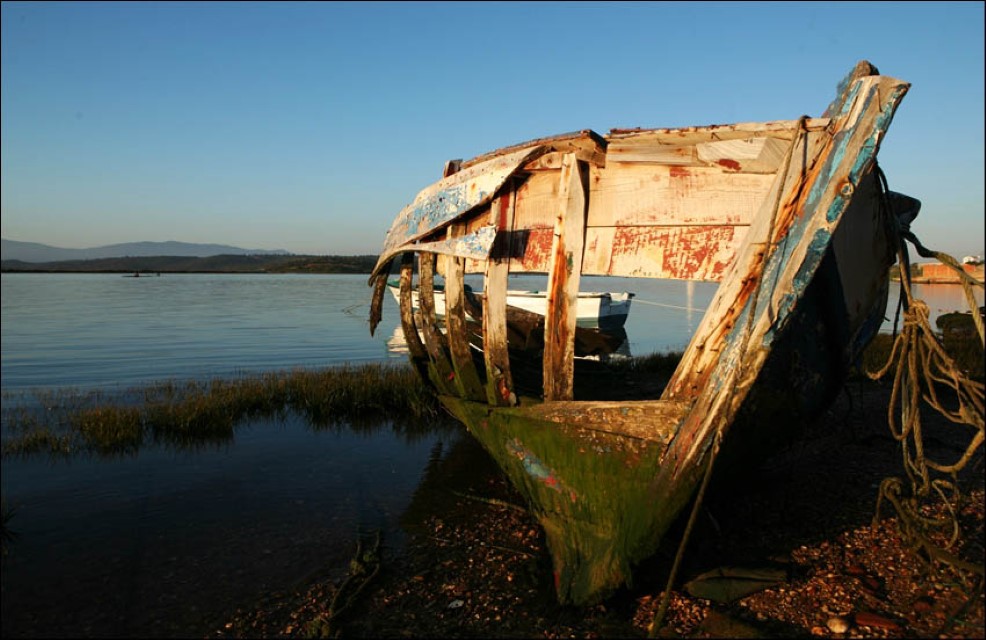
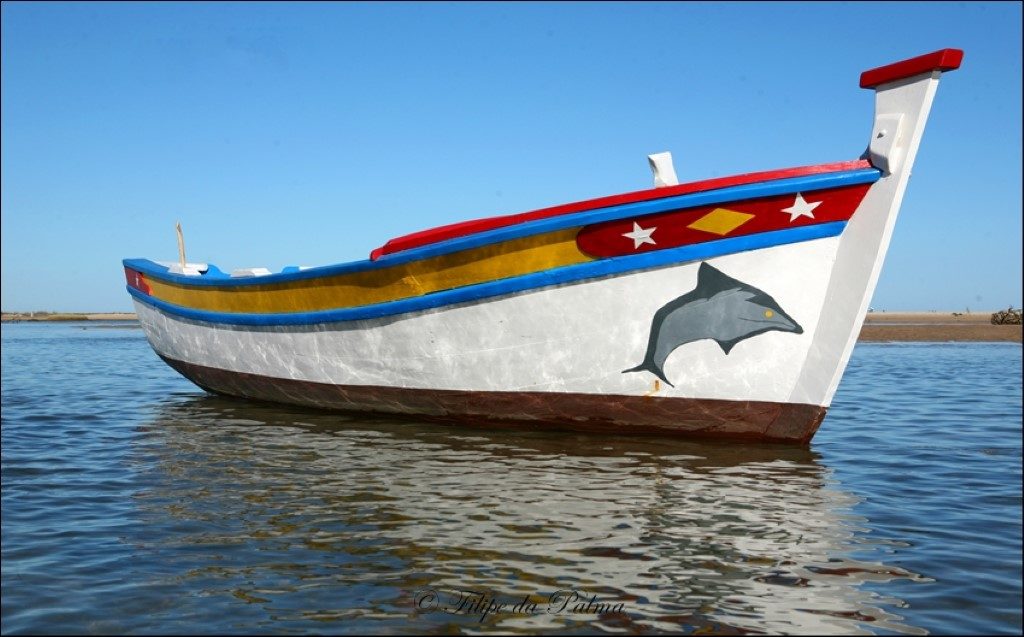
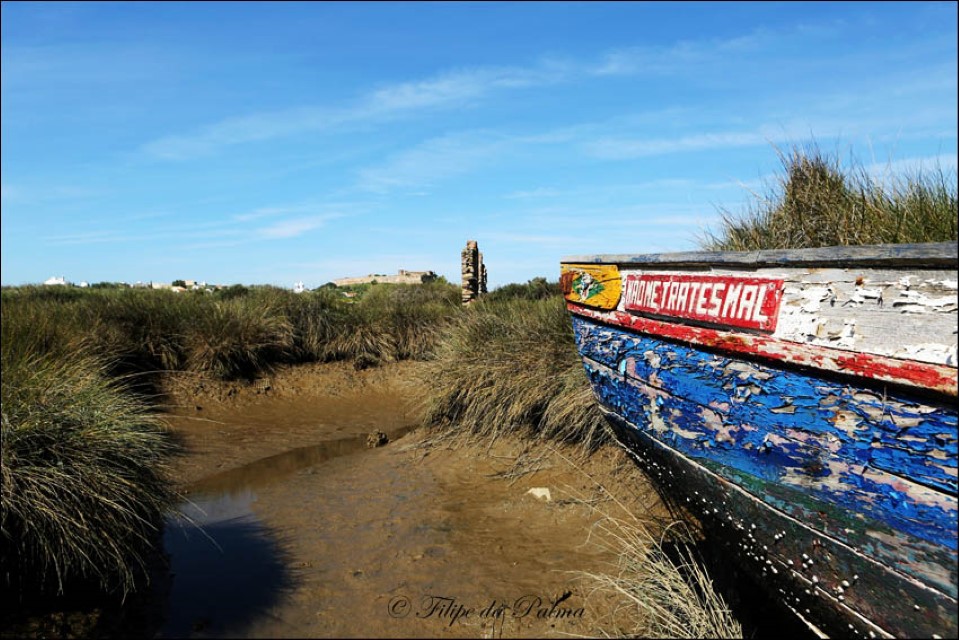
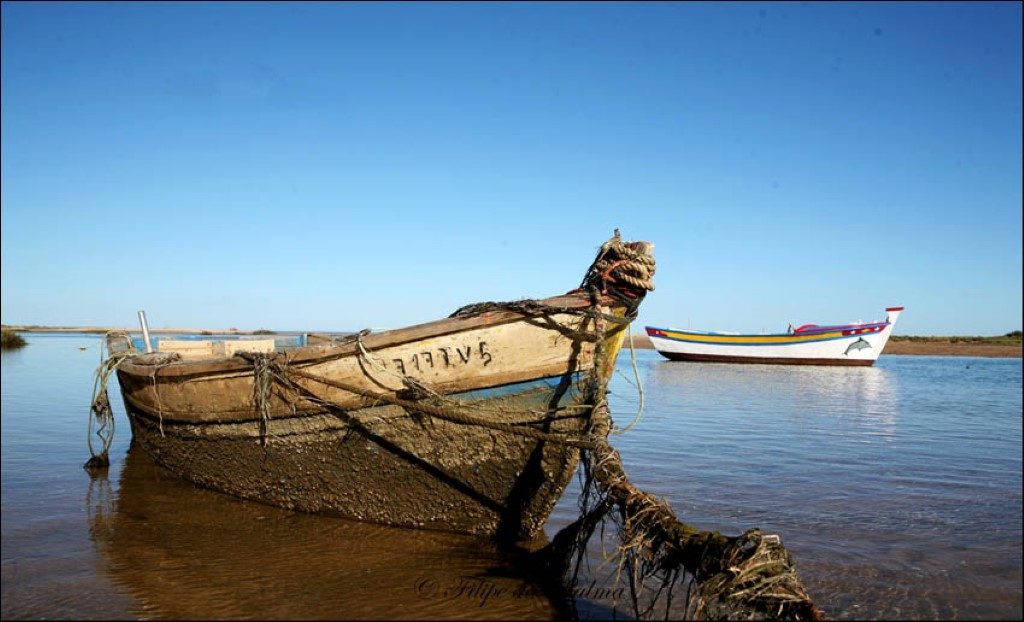
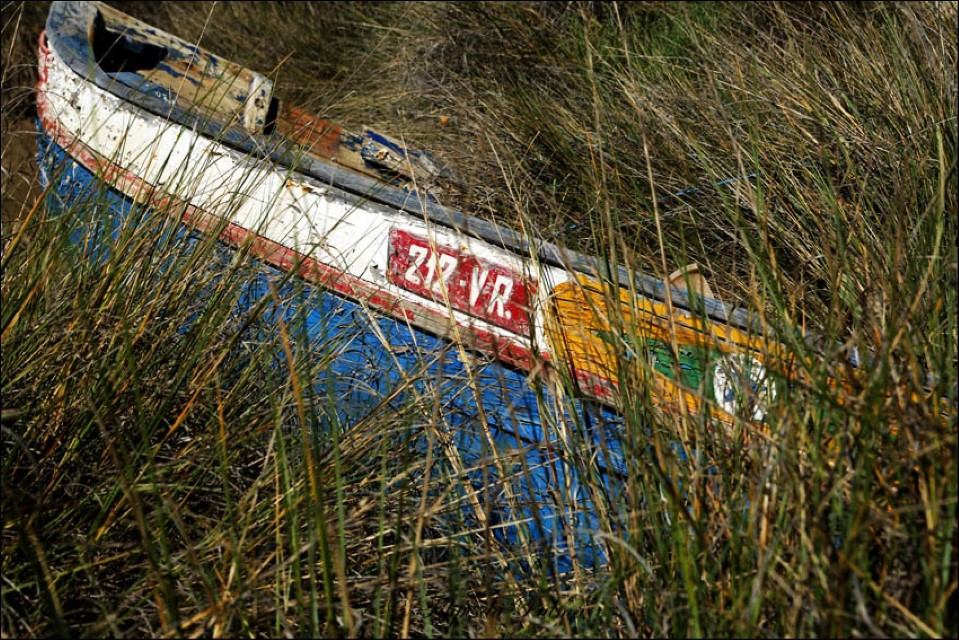
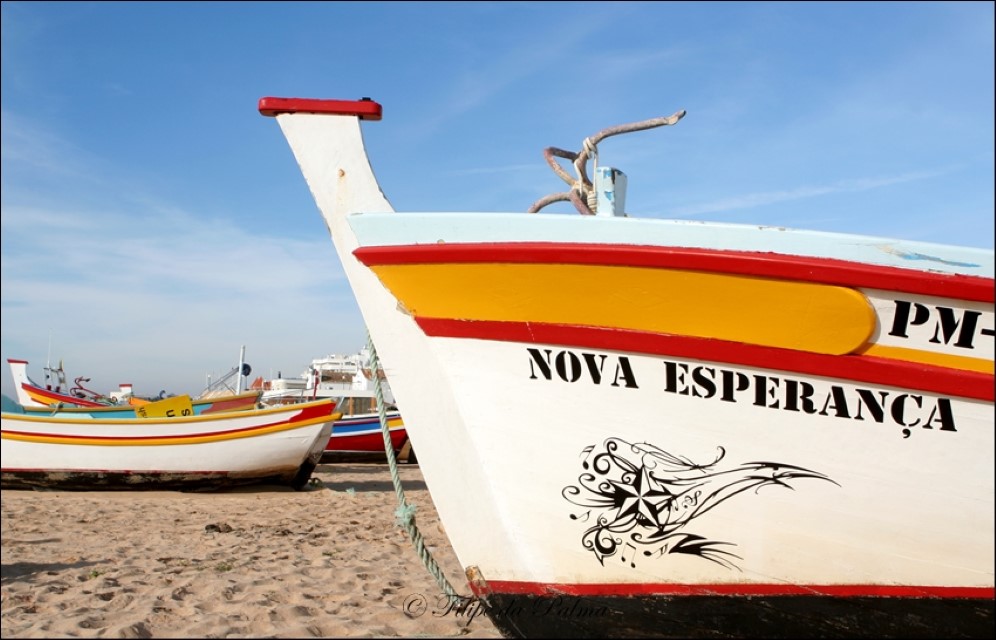
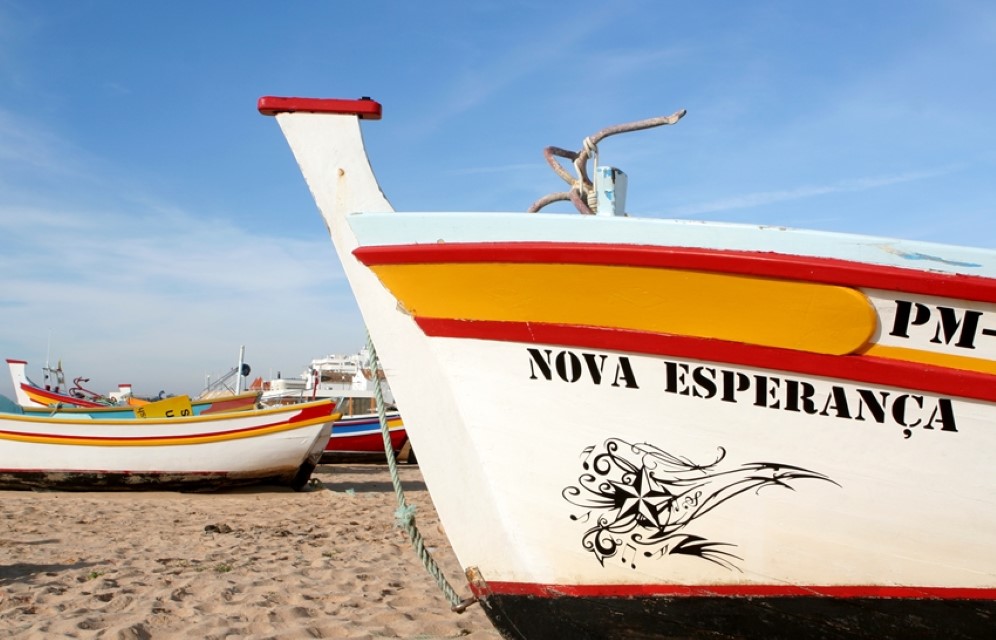
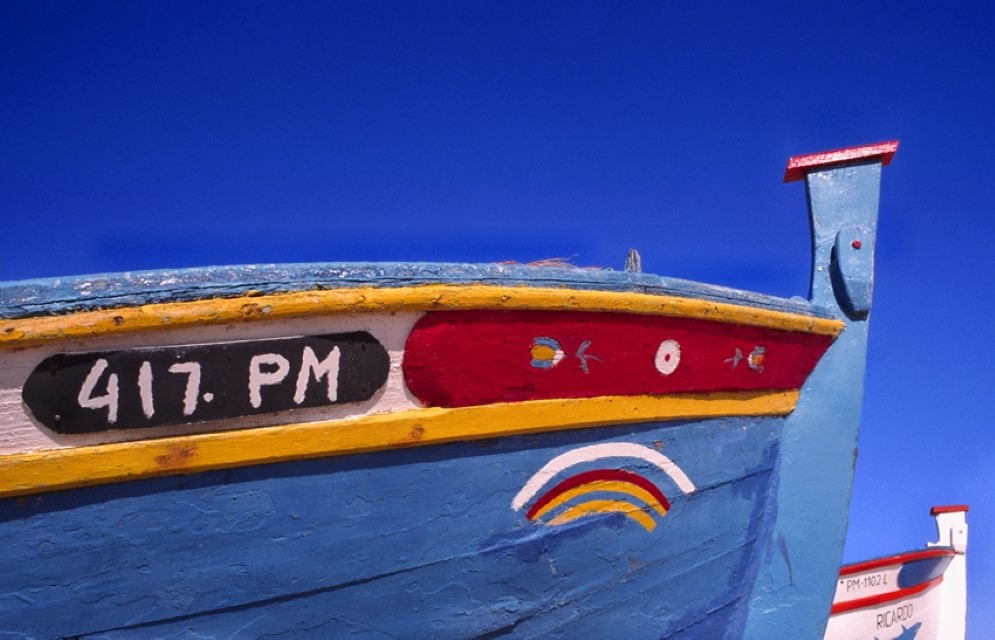
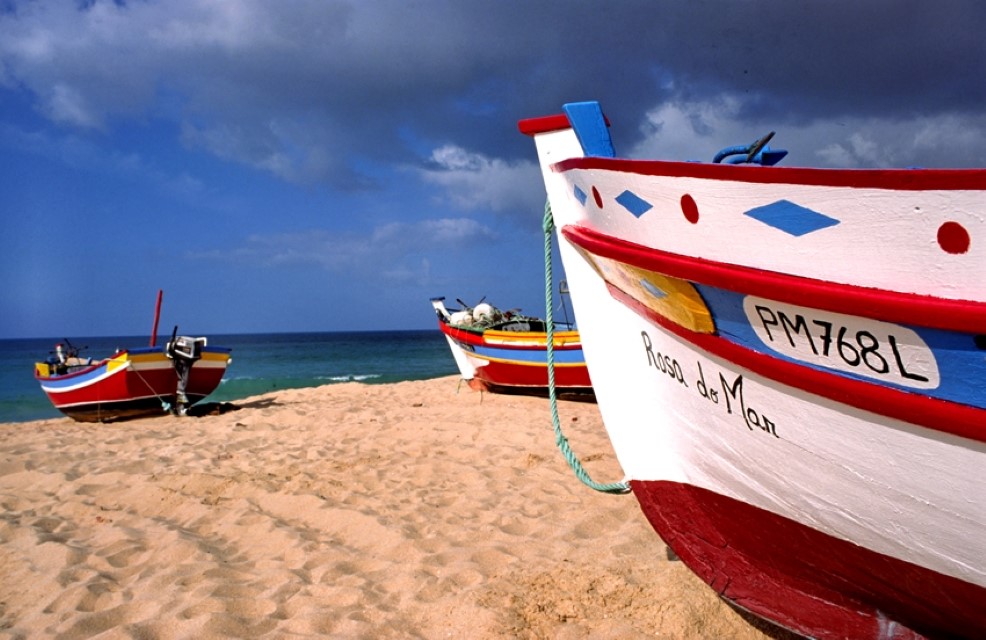
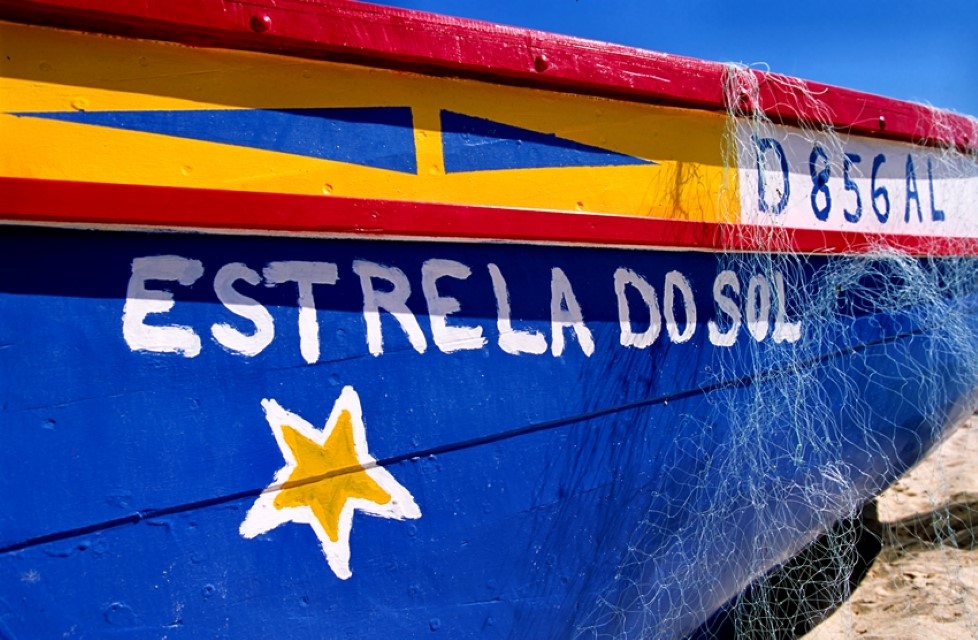
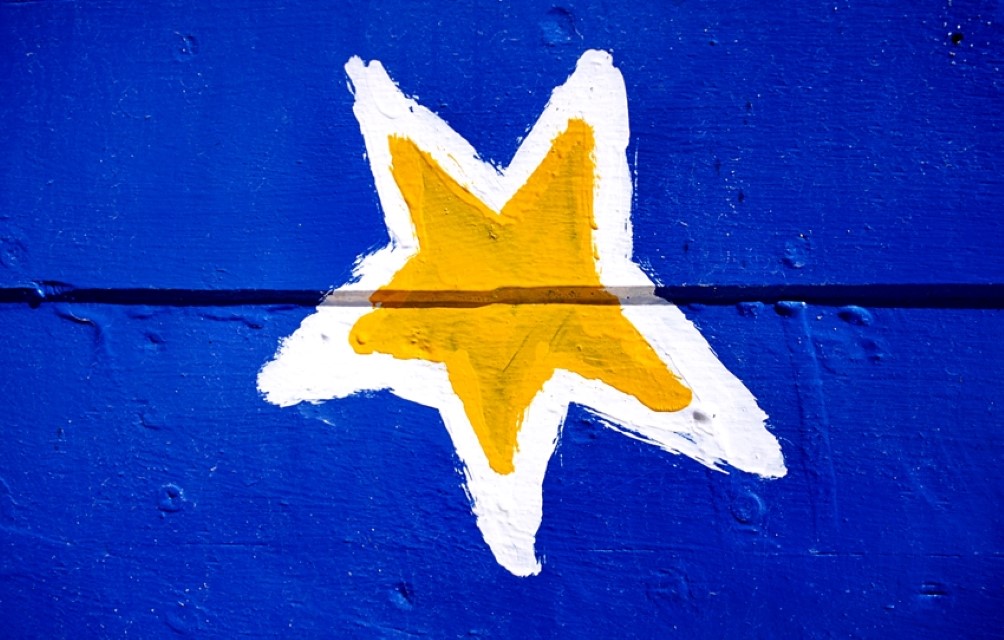
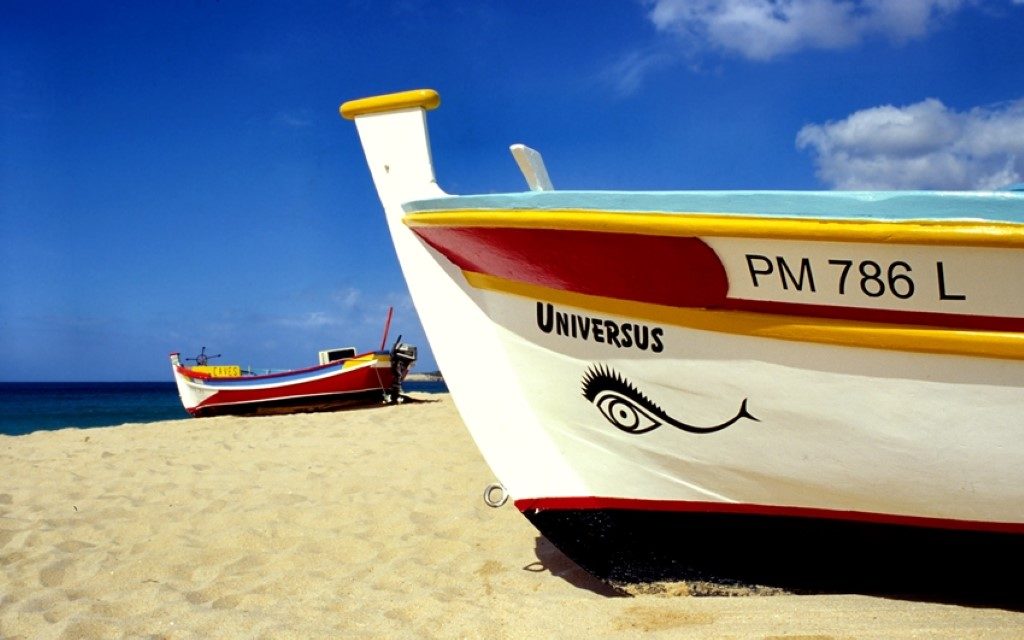
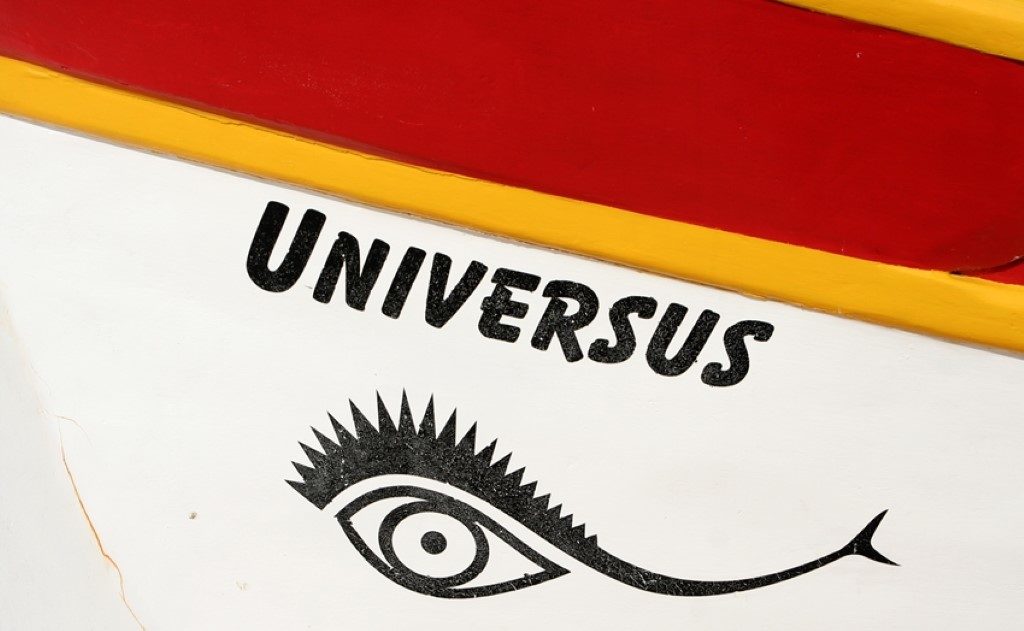
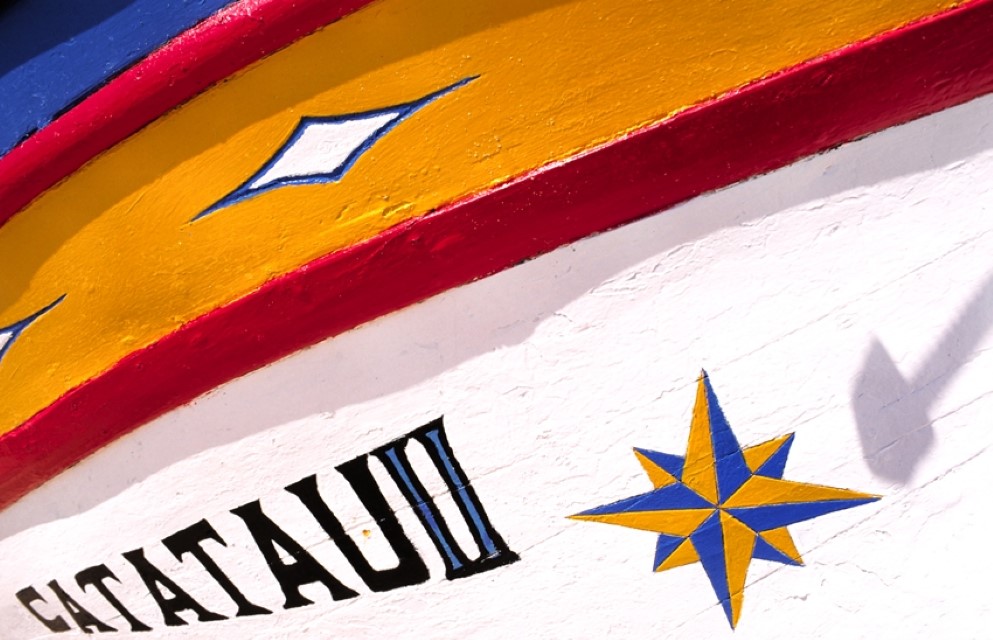
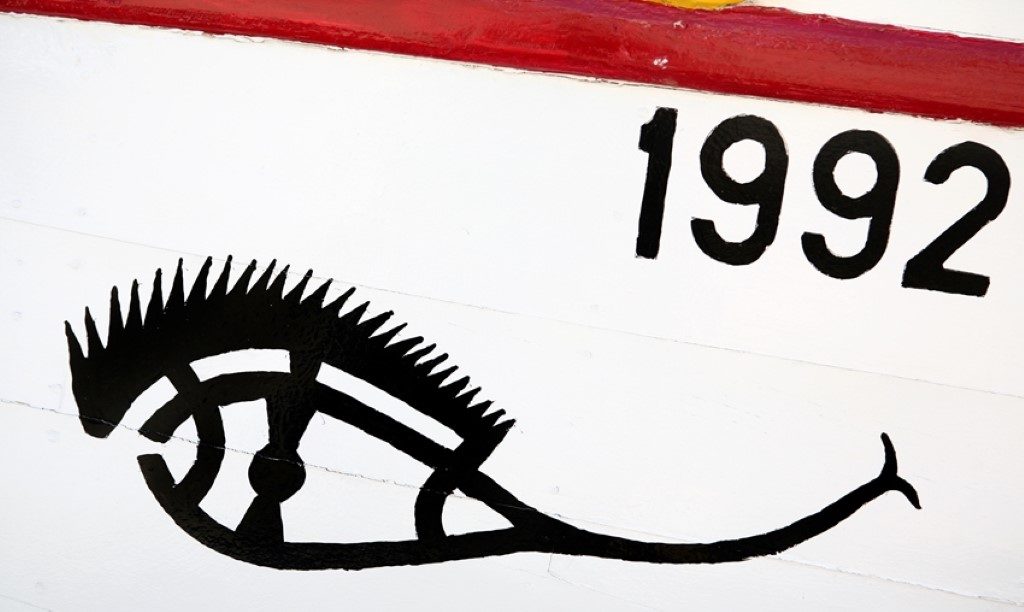
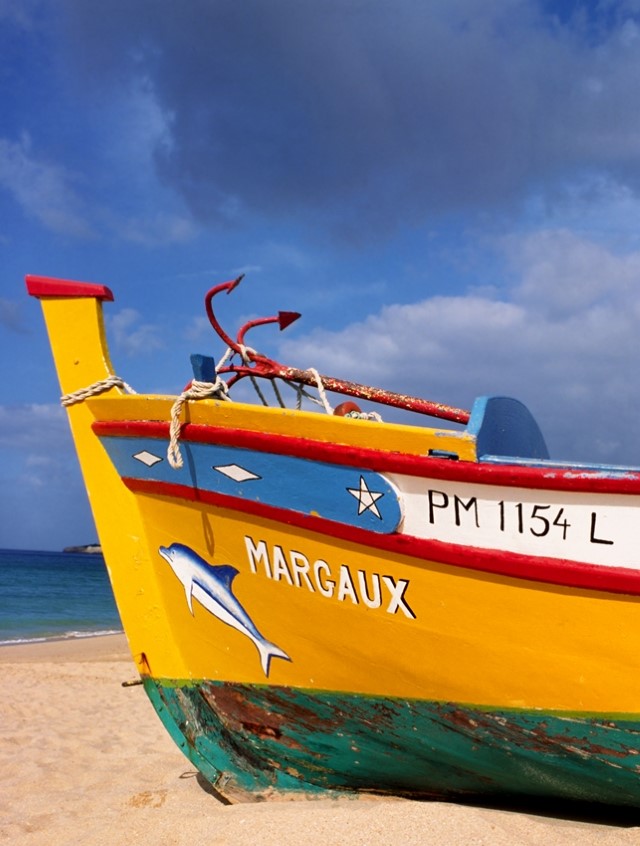
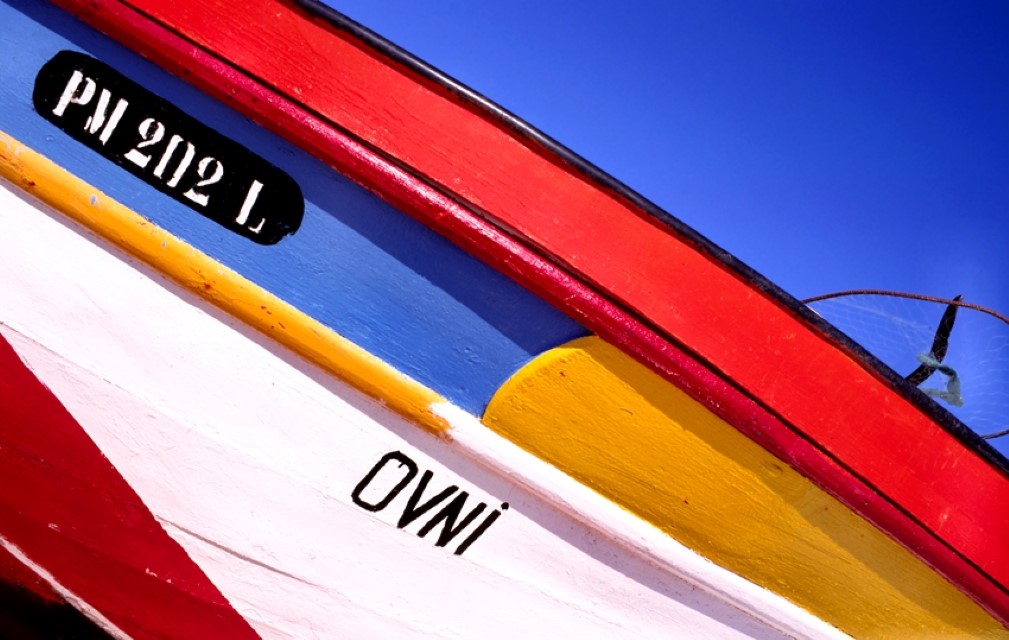
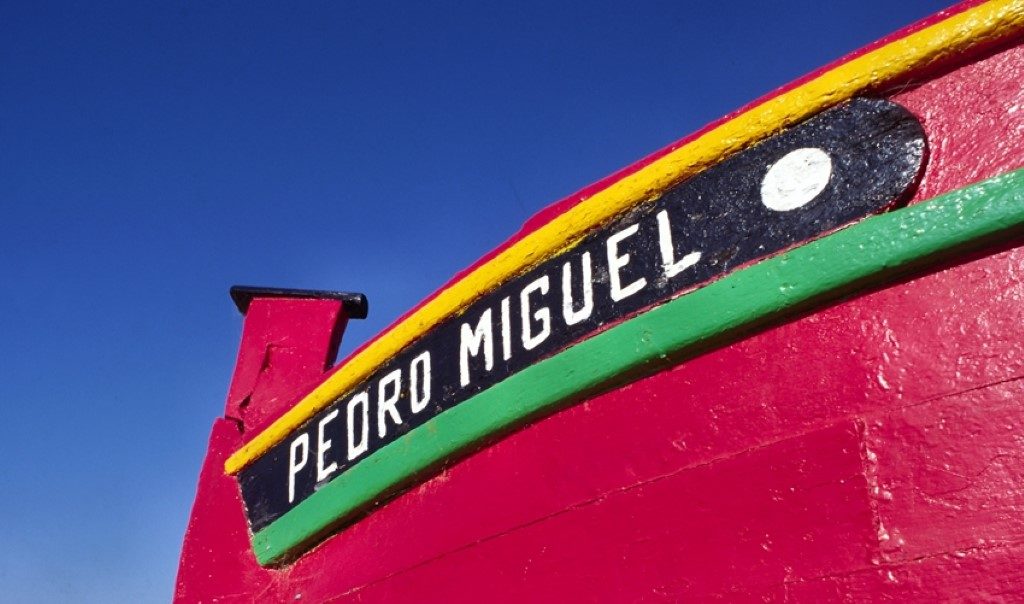
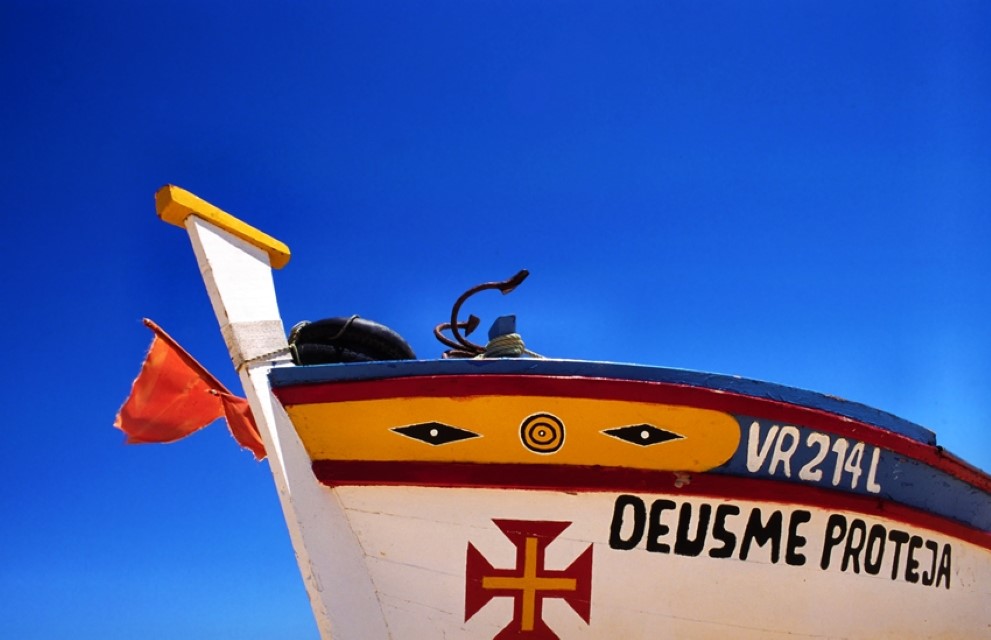
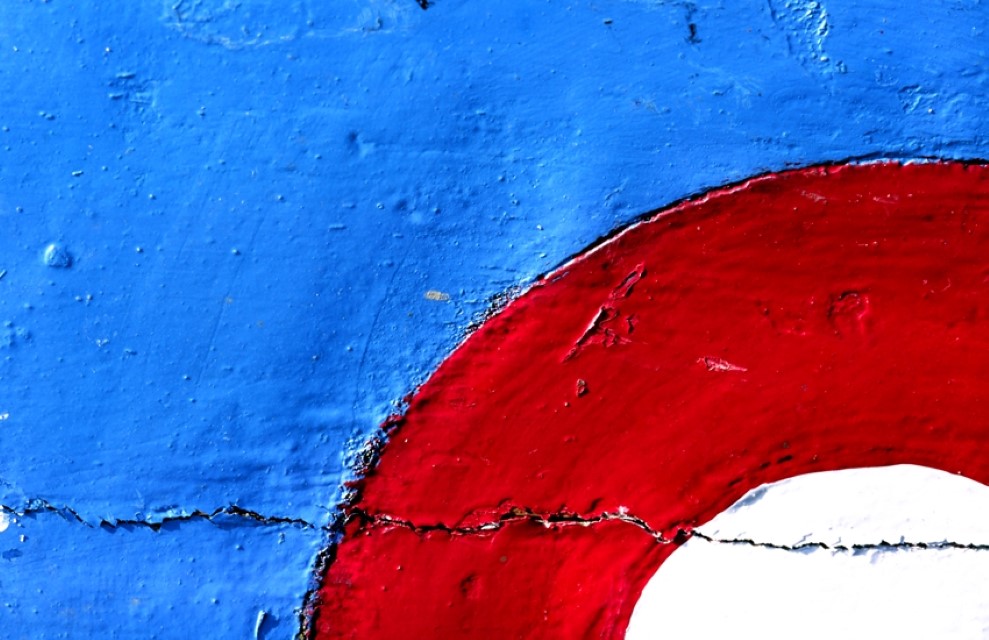
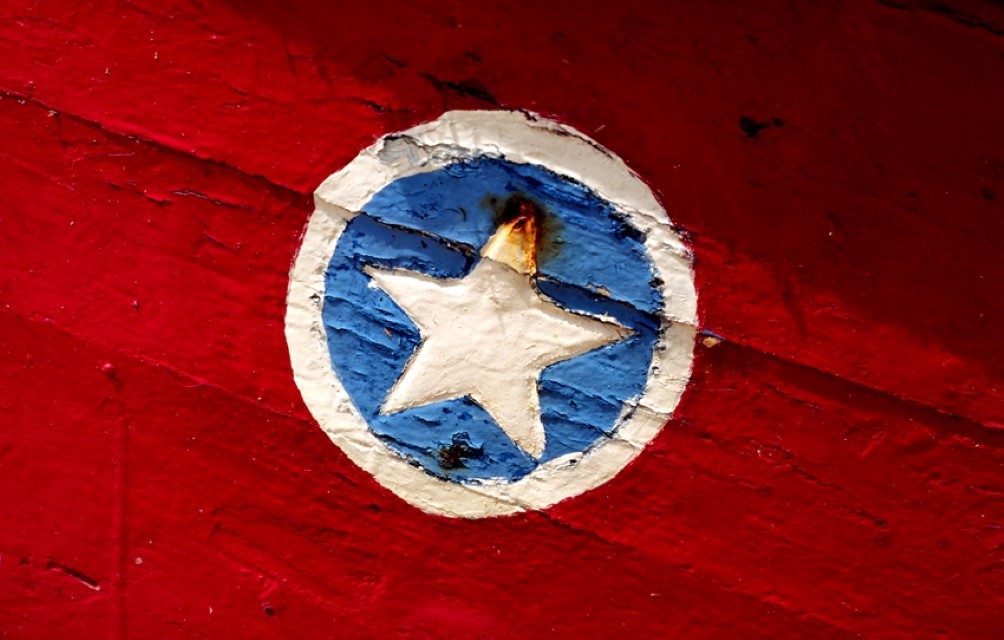
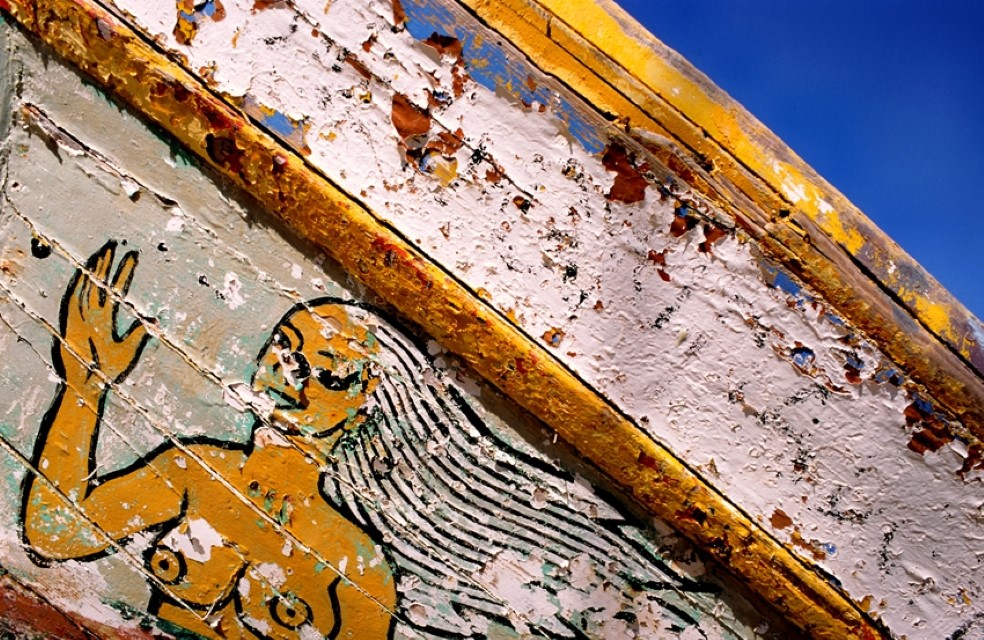
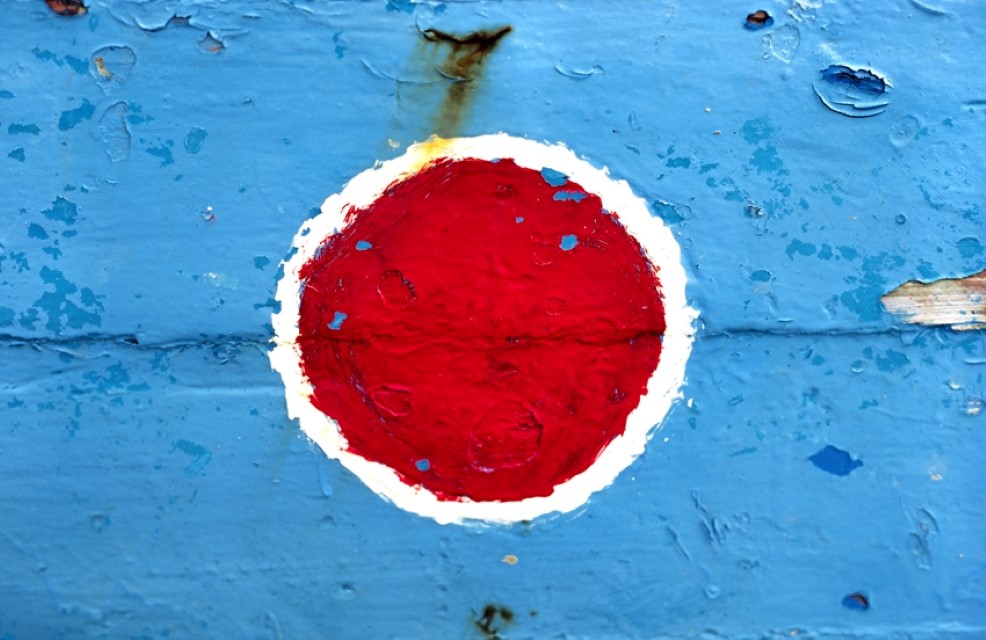
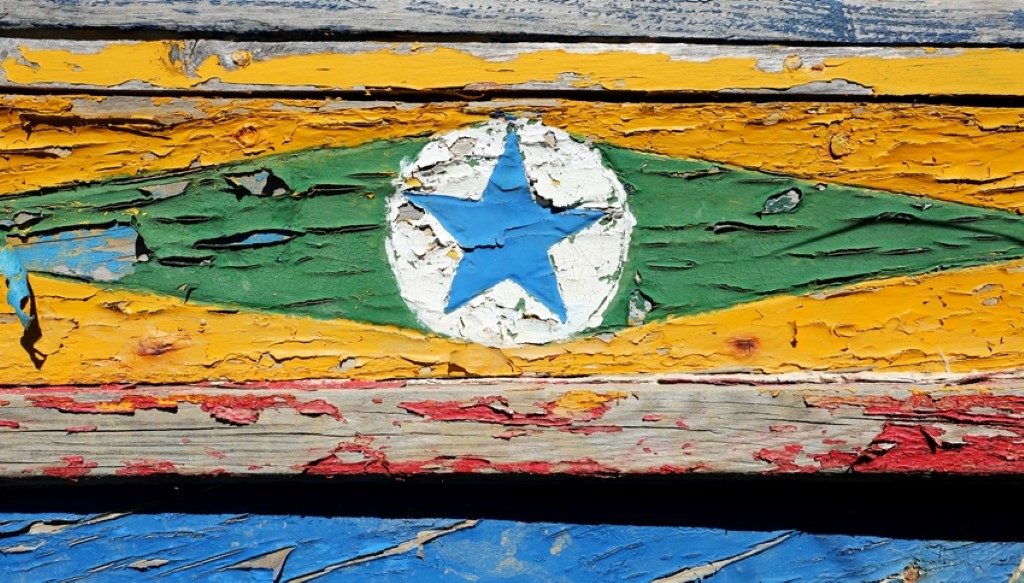


















Comments